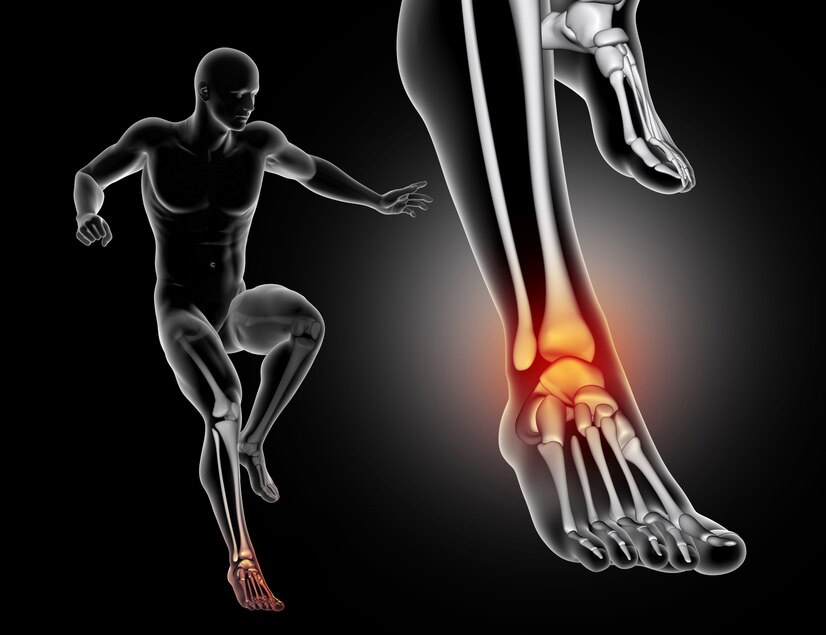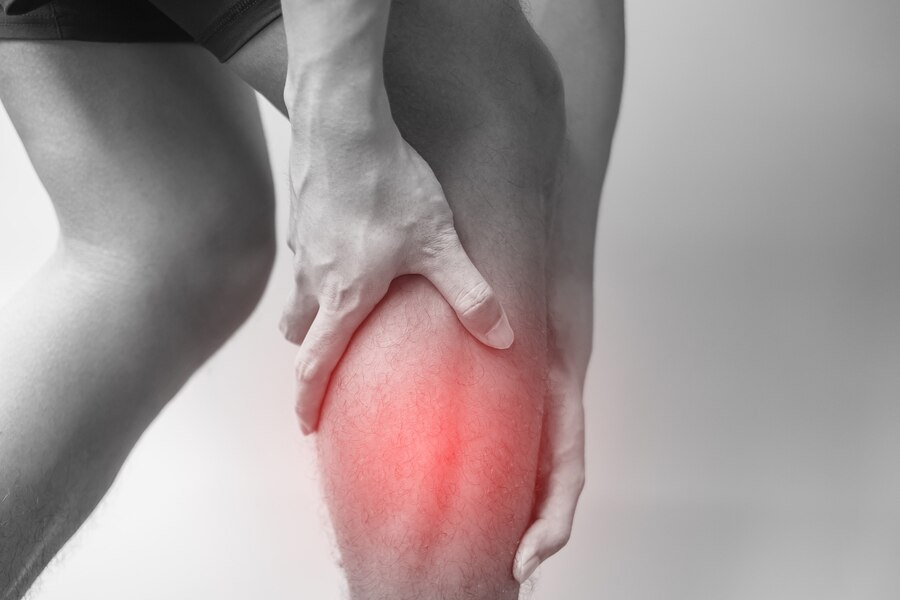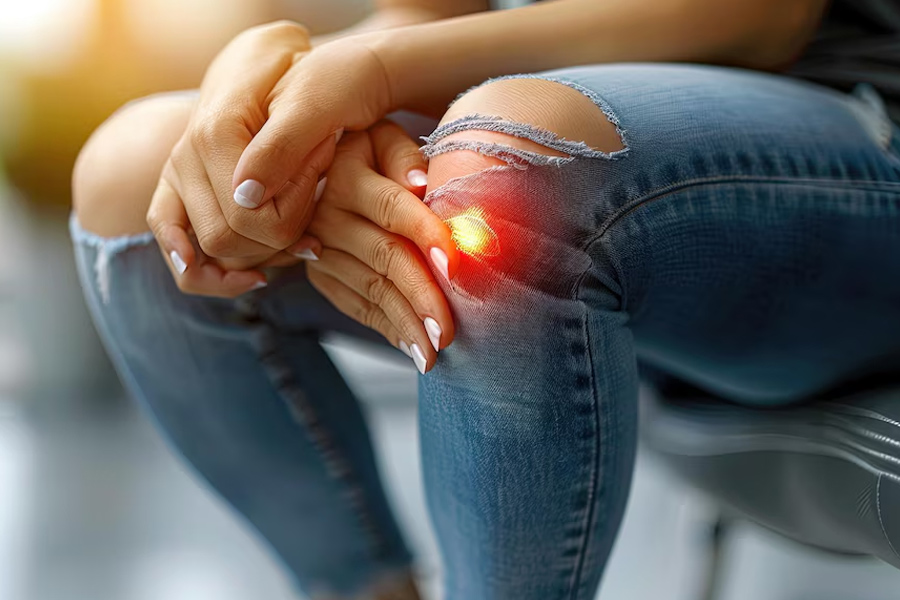
As you age, your bones and joints undergo various changes. Bones become less dense, while joints lose flexibility and become stiffer, primarily due to a decrease in lubricating fluid and thinning cartilage. For older adults, particularly those who are physically inactive, joint damage becomes more likely, increasing the risk of conditions like osteoarthritis. Among these potential issues, the development of bone spurs, also known as osteophytes, is also common. But what exactly are bone spurs?
Table of Content:-
Also Read: Health Conditions That Cause Joint Pain Other Than Arthritis
What Do Bone Spurs Mean?

Speaking with the OnlyMyHealth team, Dr Vaibhav Bagaria, Director - Orthopaedics, Sir H.N. Reliance Foundation Hospital, says, “Bone spurs, or osteophytes, are bony projections that develop along the edges of bones, typically due to joint damage from osteoarthritis, ageing, or injury.”
“They often cause pain, limited range of motion, and sometimes numbness if they compress nerves,” he adds.
Reportedly, bone spurs, or osteophytes, affect about 80% of men and 60% of women over the age of 50. This number increases to 95% in both men and women of age 70 and beyond. According to Cedar Sinai, factors that contribute to bone spurs include ageing, heredity, injuries, poor nutrition, and poor posture.
Common Symptoms Of Bone Spurs

Bone spurs can occur in any part of the body and cause a wide range of symptoms. These include:
- Pain in the back and neck when standing or walking
- Burning or tingling in the hands or feet
- Muscle spasms
- Radiating pain into the shoulders or buttocks
- Knee pain when bending or extending the leg
- Hip pain when moving the hip
- Foot pain near the heel
- Joint inflammation, tenderness, and stiffness
- Reduced range of motion
- Weakness or numbness in the arms or legs
Also Read: Rheumatoid Arthritis Affects More Than Just Your Joints: Note The Unusual Symptoms Of The Condition
How To Manage Bone Spurs Naturally

According to Dr Bagaria, here are some natural ways to treat and manage bone spurs.
- Reducing weight lessens stress on joints, potentially easing symptoms.
- Consuming anti-inflammatory foods like fatty fish, turmeric, and leafy greens can reduce joint inflammation.
- Low-impact exercises (swimming, cycling), stretching, and strengthening exercises improve joint support and flexibility.
- Apply heat before exercise to relax muscles, and cold afterward to reduce swelling and pain.
- Regular massages can alleviate muscle tension and promote relaxation around the affected joint.
Although scientifically unproven, many people believe that supplements like turmeric, boswellia, and ginger may help manage inflammation. It is necessary to consult a healthcare provider first before starting these.
However, while natural therapies can help manage symptoms, they should complement, not replace, professional medical advice, especially for severe cases, notes Dr Bagaria.
Also watch this video
How we keep this article up to date:
We work with experts and keep a close eye on the latest in health and wellness. Whenever there is a new research or helpful information, we update our articles with accurate and useful advice.
Current Version